Trinity School Assessment and Reporting Explained
Throughout the year students will complete a variety of assessments. These allow teachers to gain further insight into each students’ knowledge and understanding and inform future teaching and learning. They also present an opportunity for students to identify and address areas of weakness and further develop their subject knowledge. In addition, for students in Years 7, 8 and 9, the performance data will be used to identify the most appropriate GCSE pathway. For students in Years 10 and 11, outcomes in Science, Maths and Languages will also support teachers and curriculum leaders in making professional judgements about tiers of entry at GCSE.
Results from a student’s most recent assessments will be reported as part of their interims, alongside their approach to learning both in and out of the classroom. By providing comparable year group data, we hope that you will be more informed in terms of how your child is performing both academically and pastorally.
Academic Report Headings
- Score will be the mark that your child achieved on their latest assessment.
- Band will infer the tier of entry being assessed upon (F – Foundation, H – Higher, G – Home Group). For other bandings, please speak to your child’s subject teachers.
- Year Group Average will be the average mark achieved by students sitting the same assessment.
- Year Group Low will be the lowest mark achieved by students in that year group sitting the same assessment.
- Year Group High will be the highest mark achieved by students in that year group sitting the same assessment.
- Number of Students will be the number of students who sat the same assessment.
- A2L – Approach to Learning will be the subject teacher’s assessment of your child’s effort in lessons.
- Homework Concern will be flagged with a ‘Y’ if a teacher has concerns about your child’s home learning.
Pastoral Report Headings
- Attendance will be the percentage of sessions that your child has attended (AM and PM) since the start of the academic year.
- Late will be the number of times that your child has arrived late to a lesson since the start of the academic year.
- Achievement logs will be the number of positive achievement logs received since the start of the academic year.
- Behaviour logs will be the number of negative logs received since the start of the academic year.
Mock Examinations
At the end of Year 10 and throughout Year 11 students will complete formal mock examinations. Equivalent GCSE grades will also be included when these results are reported, along with predictions comparative to their GCSE target grades.
GCSE Comparison
To help you to understand how your child’s academic performance might correspond to that of a GCSE grade, please utilise the following graphics. Please note, whilst these should give you an approximate indication of a grade, these graphics are based on the national picture and therefore do not entirely reflect the performance of students at Trinity School. Only once a full series of GCSE mock examinations are sat (using nationally set grade boundaries) can a formal grade be attached to a student’s academic performance.
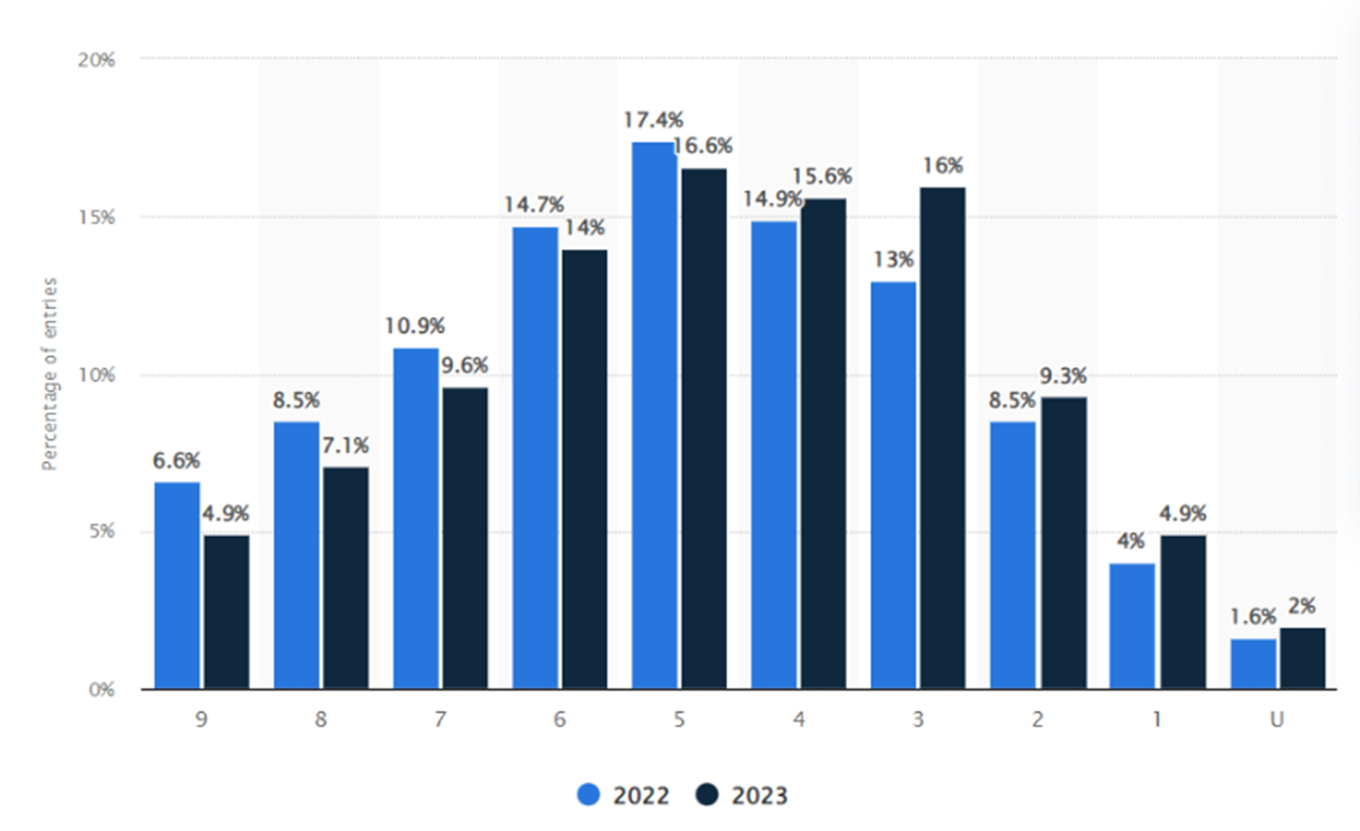
Percentage of GCSE entries in England in 2022 and 2023, by grade level
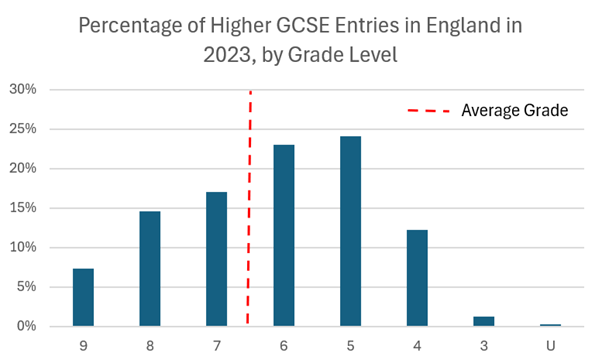
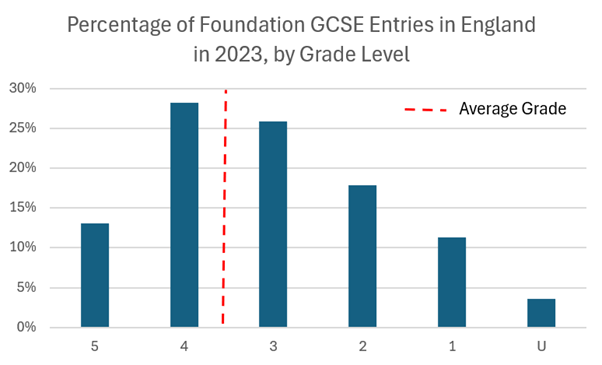
GCSE Grade Comparison
The Department of Education recognises a GCSE grade 4 and above as a ‘standard pass’, which is the equivalent of the old grade C or above in the traditional (pre 2017) GCSE grading system.
To further help explain the GCSE grading system, we have included a visual chart of the new GCSE grades compared to the old below:
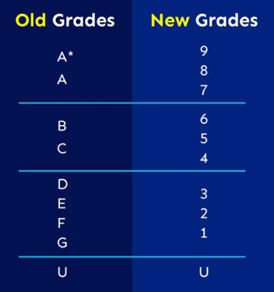
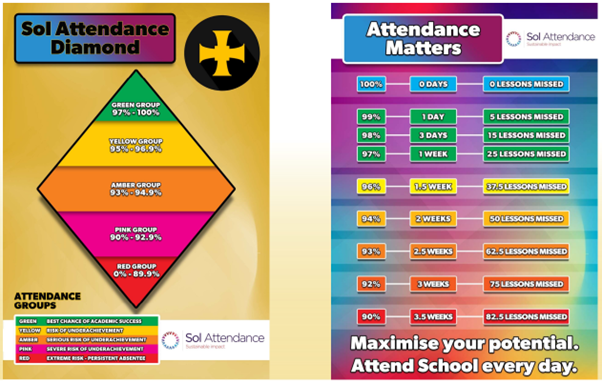
Attendance
Welcome to our SOL Attendance Diamond. At Trinity School we recognise the link between good attendance and punctuality and positive academic progress and attainment. We strive to consistently improve and encourage good attendance and want to work with parents to ensure that our students remain in the green group throughout the year. We will keep parents updated on their child’s attendance through regular communication, including that of their interim, and will endeavour to support and work with students and parents where there are concerns with attendance and/or punctuality. Please utilise the following graphics to get a sense of how your child’s attendance may impact their academic progress.
